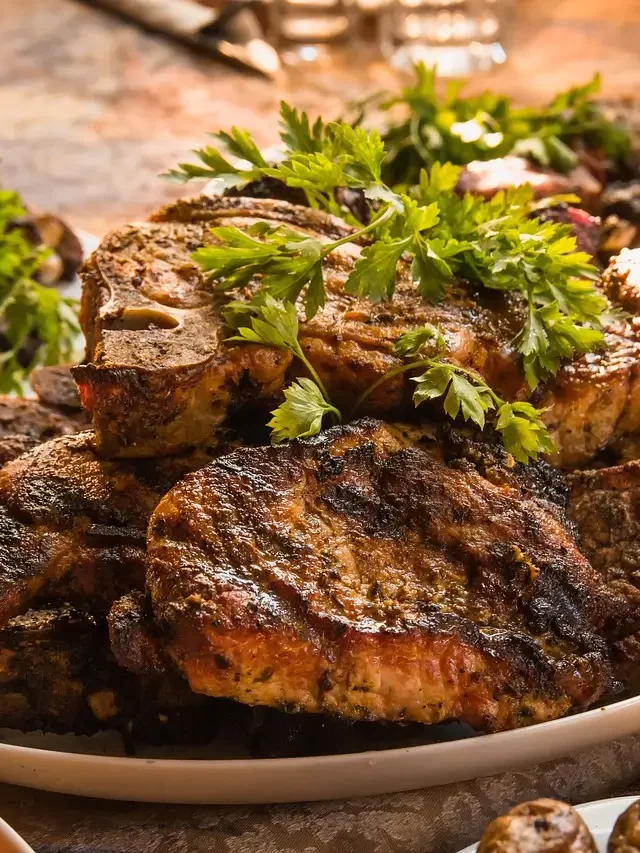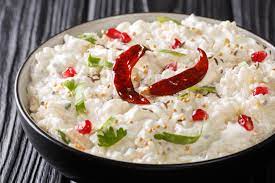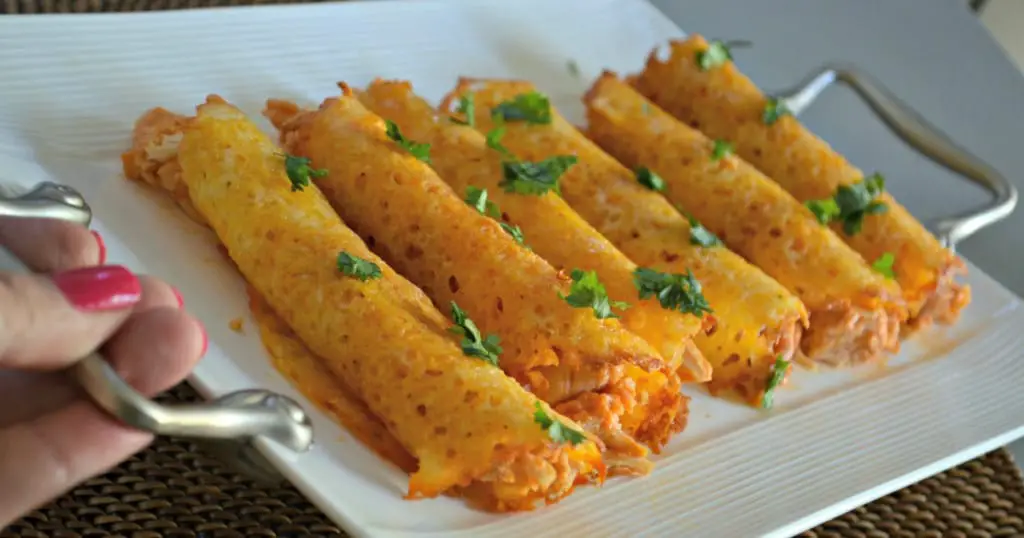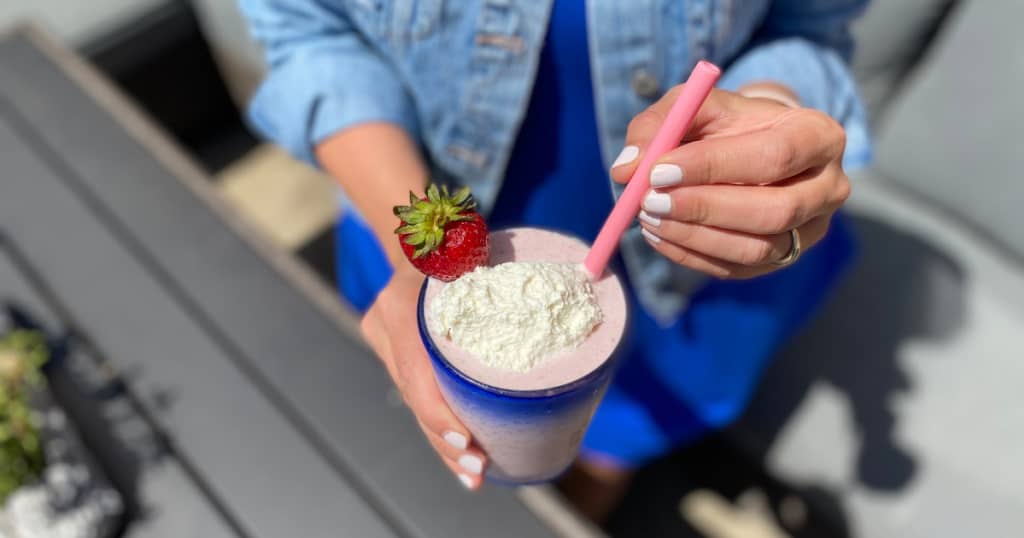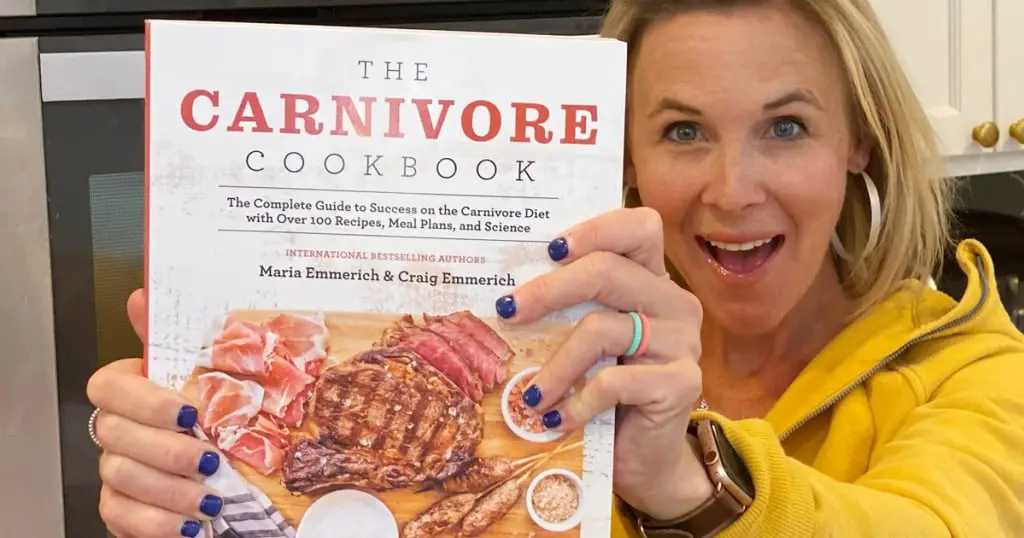Curd rice is a type of rice that’s been fermented and cooked with sour milk. It often has a tart flavor, although it can also be sweet. Curd was originally made by boiling the leftover whey from making cheese or yogurt; now, some people make their own curds using vinegar and water instead of rennet (the enzyme found in animal stomachs).
Curd rice is a type of Indian rice dish. It is made with milk and yogurt, which gives it a creamy texture. It has been associated with many health benefits.
Curd rice may be prepared in a variety of ways. This is how I generally prepare it, and it has become a family favorite. So I’m presenting this curd rice recipe that you’ll want to make again and again since it makes such delicious and beautiful curd rice.
Ayurvedic approach to Curd Rice
I’m quite interested in Ayurveda these days, therefore I’ll provide some information on this rice dish from an ayurvedic perspective.
- Curd is heated in nature, according to Ayurveda, contrary to the common assumption that curd is cooling. My Ayurveda doctor advised me to avoid curd rice for a while since I had an exacerbated pitta dosha, which means a heat imbalance in the body and mind.
- Curd rice is beneficial to those who have a Vata dosha imbalance. Curd should be avoided by persons who have a vitiated pitta or Kapha dosha. For some people, buttermilk prepared from churning butter is a viable alternative.
- Curd is difficult to digest.
- It is preferable to use curd that is well set and fresh. Curd that has turned overly sour should be avoided.
- It’s best to use homemade curd for this curd rice recipe, as well as any other curd-based food.
- Curd should not be consumed late at night since it promotes mucus production.
- Curd should not be heated since the beneficial bacteria found in it will be destroyed.
- When preparing curd rice in the summer, use buttermilk instead of curd.
- In the summer, curd rice should be avoided.
Is curd rice good for you?
Rice with curd is nutritious. When you have lunch in a South Indian family, it is the last thing you eat.
- Curd is high in proteins, calcium, healthy fats, and minerals, making it ideal for vegans.
- The beneficial probiotic bacteria found in curd aid with digestion.
- Bloating, constipation and diarrhea are all reduced by curd.
- It also aids in the reduction of anxiety and tension.
Curd rice preparation suggestions
- If desired, sauté the ginger and curry leaves while tempering.
- I recommend making your own curd. When compared to store-bought curd, homemade curd has a completely distinct flavor and taste. When cooking curd-based meals, aim to utilize homemade curd wherever possible.
- Use fresh curd, but if it’s a little sour, a little additional milk may be added.
- The proportions of curd and milk may be changed to suit your preferences. You may simply omit the milk if you choose.
- Milk is added to keep the curd rice from becoming sour throughout the summer.
- For tiny children, green chilies and ginger may be omitted.
- Cashews may also be added.
- Instead of dairy curd, almond yogurt, coconut milk yogurt, or cashew yogurt may be used.
- You may also add slices of raw mango.
Curd rice may be eaten straight or offered as a side dish to a South Indian dinner.

Curd Rice Recipe
Curd rice, also known as Thayir Sadam, is a traditional South Indian rice dish eaten with a South Indian meal or thali. This rice dish is my go-to approach and one that I prepare often since it is a family favorite. In place of dairy curd, vegan yogurt prepared from cashew milk, almond milk, or coconut milk may also be used.
Prep time: 10minutes Time to cook: 20 minutes Yield: 6
Ingredients
- 1 cup Regular Rice
- 3 cups water to prepare rice
- 2 cups curd
- 1/2 cup milk
- 2 green chillies
- 2 teaspoon finely chopped ginger
- 4-5 curry leaves, finely chopped
- cilantro/coriander chopped
- 1 teaspoon mustard seeds
- 2 tbsp. sesame oil
- 1 tsp. urad dal
- 1 tsp. channa dal
- 1/4 teaspoon asafoetida (hing)
- 3-4 tbsp.
Rice preparation
- 1 cup rice should be rinsed many times in water. Then, in a 2-liter pressure cooker, add the rice.
- Fill the container with 3 cups of water. Stir well.
- Rice should be cooked and softened for 5 to 6 whistles or 8 to 9 minutes in a pressure cooker.
- Remove the cover and verify the doneness of the rice when the pressure has subsided on its own. The rice must be softer than what we prepare on a regular basis.
- Mash the rice a little bit with a spoon or a masher. Allow the rice to cool to lukewarm or room temperature before closing the cooker.
Rice with curd
- Add fresh curd and milk when the rice is lukewarm or at room temperature.
- Mix well again, breaking up any lumps that may have formed. When breaking up the lumps, you may use a spoon or a masher.
- Add finely chopped ginger, curry leaves, green chilies, and coriander leaves, finely chopped.
- You may sauté the ginger and curry leaves in the tempering instead of adding them to the rice.
- Season with salt. Mix thoroughly. Set aside for now.
Tempering rice with curd
- Add sesame oil to a small pan or tadka pan and heat it. Instead of sesame oil, you may use peanut or sunflower oil.
- Reduce the flame after the oil has heated up. Toss in the mustard seeds.
- Allow the mustard seeds to pop.
- After that, add the urad dal and channa dal.
- Fry on low heat, turning often until the dal becomes little brown.
- Add the curry leaves and asafoetida last. Mix thoroughly.
- Turn off the heat and pour the tempering into the curd rice mixture right away. Mix well once more.
- Serve with a few coriander leaves, pomegranate arils, or grapes on top of south Indian rice dish. You may also leave off the fruits and serve the it plain. Serve with fried sun-dried green chilies or mango pickles from South India.
Nutritional Value: 300cal.
Important Notes
- This recipe for curd rice may easily be doubled or tripled.
- You may also add grated carrots and/or beets. The curd rice will have a pink tint from the beetroot.
- Arils from pomegranates may be skipped.
- Rice that has been pre-cooked or leftover rice may be used to make curd rice.
- You may totally omit the green chilies and ginger for tiny children.
- Use fresh curd or yogurt to make this dish.
- Use coconut milk yogurt, cashew milk yogurt, or almond milk yogurt to make vegan curd rice. Vegan milks such as thin coconut milk, cashew milk, or almond milk may be used.

Nutritional Information: 230 calories
It is a type of rice that has been cooked with milk. It is often eaten in South India, Pakistan, and Bangladesh. The dish can be served with curry or chutney. Reference: what to eat with curd rice.
Frequently Asked Questions
Is curd rice good for your health?
It is good for health. It has proteins, carbohydrates, and lipids in it which are all essential nutrients that our body needs. The proportion of each nutrient also makes the dish balanced in health terms, so you won’t be getting too much or too little of any one thing when eating this food item!
Can we eat curd rice daily?
Yes, you can eat curd rice every day because it is a good source of protein.
Is curd rice a fat food?
Curd rice is not a fat food, actually, it’s an excellent fat burner.
Probiotics present in curd along with rice help the digestive system and improve metabolism, thus facilitating the weight loss process.
What are the ingredients of curd rice?
Ingredients are – Rice, Curd, and Tempering.
It is called curd rice when the milk solids have formed into a thick, creamy sauce with some liquid. When you break up any of this curd between your fingers it will feel grainy and clumpy in texture before turning smooth again if left to rest for a while.
Is curd rice eaten cold or hot?
Curd rice is always eaten cold or at room temperature. It should not be warmed or heated.
Can I eat curd-rice daily?
Yes, you can eat curd rice daily.
